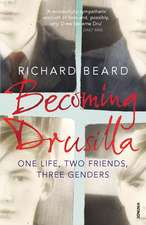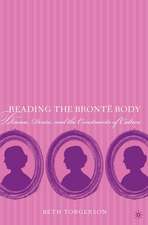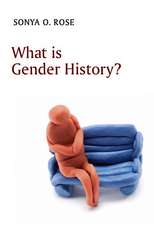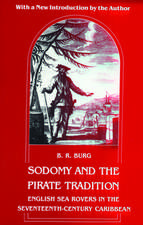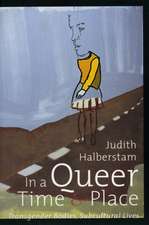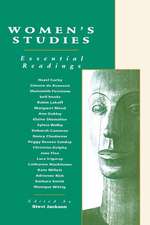The Sculpture Machine
Autor Michael Anton Budd, Jos Ram--N S. Nchezen Limba Engleză Paperback – 28 feb 1997
During the early 1800s, inventor James Watt occupied his final years attempting to develop a mechanical system for copying sculptures of the human body. Though Watt's sculpture machine was never completed (and would, in any event, have eventually been made obsolete with the advent of photography), Watt's quest serves as an incisive metaphor for the subsequent body politics of the nineteenth century. As the modern world emerged, contemporary conceptions of physicality remained rooted in the classical tradition as they were simultaneously influenced by the technological forces of industry and revolution.
From Victorian reform to post World War I physical efficiency, Michael Budd's The Sculpture Machine traces this tension between the atavistic and modern in an engaging narrative analysis of physical culture. Budd foregrounds the rise of physical culture postcards, magazines and products by examining longstanding traditions of strength performance and the growing popularity of music hall body builders in the late 1800s. In the physical culture media itself, he uncovers elements of the consumer dynamic that shaped the 20th century tabloid-press as well as early gay-coded publications. From the 1830s through World War I, bodies were increasingly articulated as objects that could be shaped and repaired. Budd's insightful work deftly illustrates how ideas about bodies influenced the building of social, racial, gender and sexual identities in concert with the construction of a larger consumer culture.
Preț: 223.95 lei
Nou
42.85€ • 44.86$ • 35.46£
Carte tipărită la comandă
Livrare economică 07-21 aprilie
Specificații
ISBN-10: 0814712673
Pagini: 352
Dimensiuni: 139 x 215 x 19 mm
Greutate: 0.32 kg
Editura: NEW YORK UNIVERSITY PRESS

